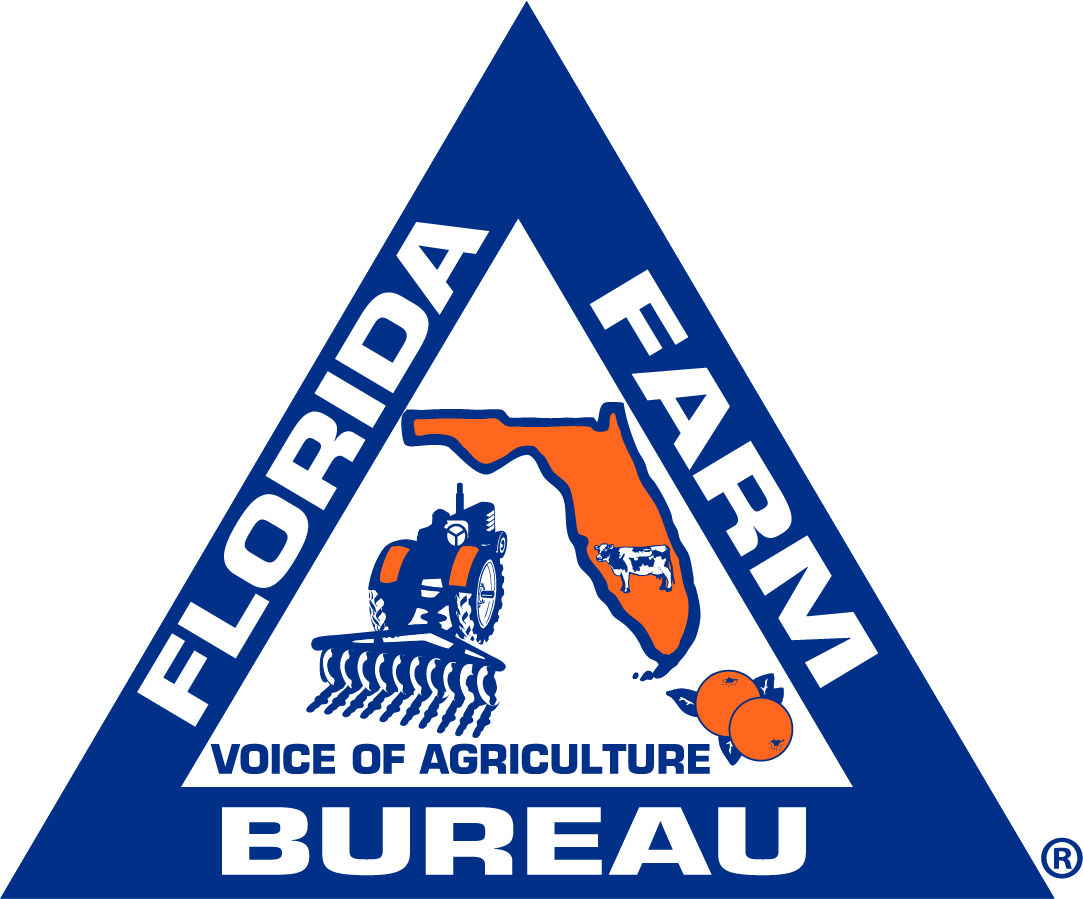An invasive fly, the Bermudagrass stem maggot, scientific name Atherigona reversura, was first discovered in 2010 damaging bermudagrass pastures and hay fields in Georgia.
This was the first record of this species in North America. Since then, it has become a serious pest of Bermudagrass forage, hay and turf. It has since spread through much of the Southeast.
Most producers will see the damage before they find the pest, and are less likely to see damage in a grazing pasture due to livestock keeping the forage down.
The adult fly has a small, yellow body and lives between 12-21 days, with multiple generations appearing year-round in Florida. Symptoms of the fly include dying top leaves to the node or growing point.
Control of the stem maggot includes timely hay harvest or use of pyrethroid applications when warranted.
Detection and monitoring methods such as scouting protocols, adult traps or other sampling methods (sweep nets, indicator plots), are being tested.
For more information on managing Bermudagrass stem maggots, click here.
